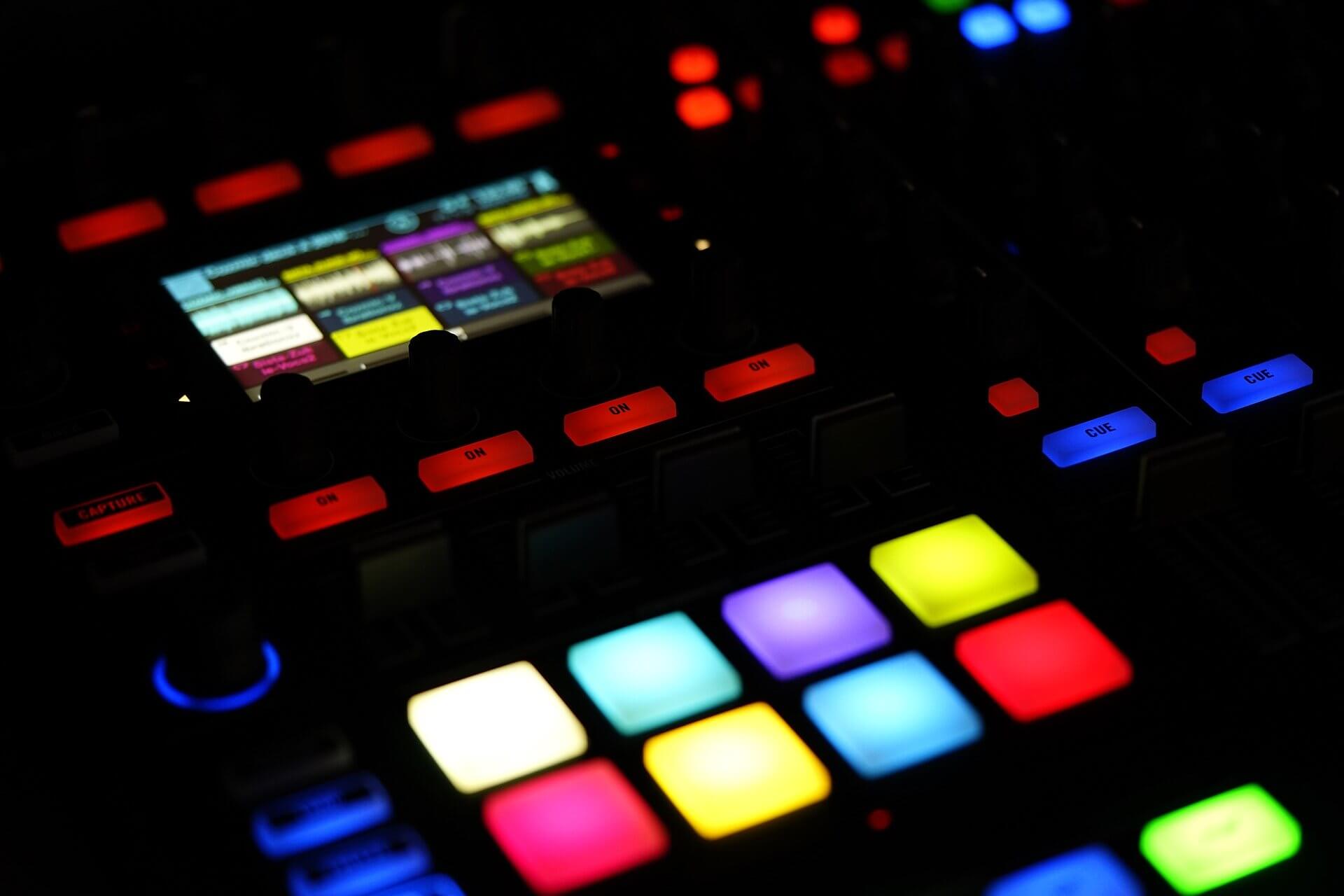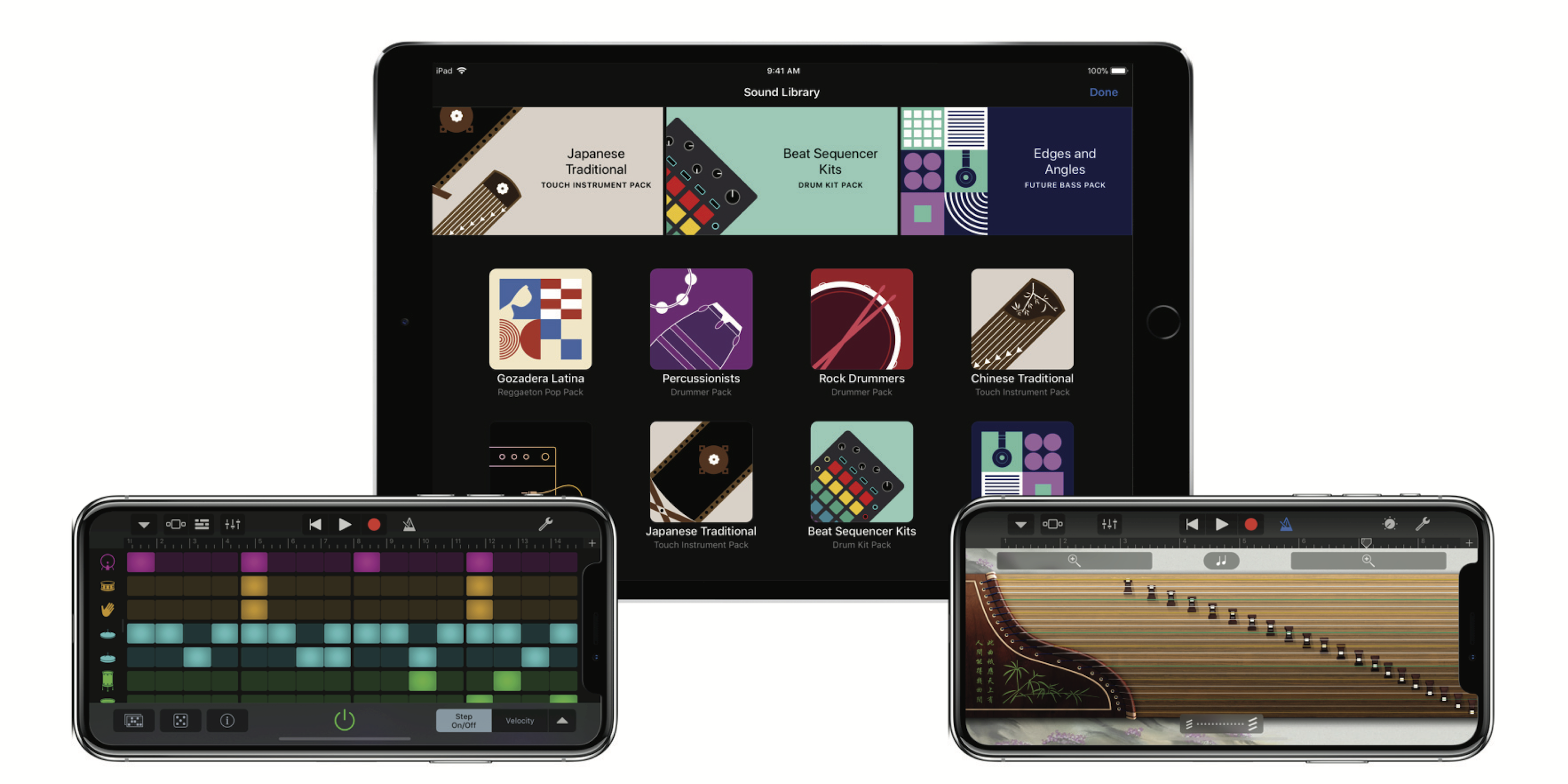Music Maker JAM. The Music Make JAM is not limited to any single genre, and you can make. Hello, I am using GarageBand 3 and would like to modify a song I downloaded from the internet. However, when I drag the song from iTunes to GarageBand, a pop-up notification alerts me that the file (.wav) has an '8 bit format and cannot be used!' 8 - bit music, also known as chiptune music, is the video game music of the 1990s or earlier. 8 bit music is small in size due to hardware limitations, and sound very simple, pure. This type of music can be heard in games like mario, zelda, contra and more. 8 - bit music downloads listed below. Use this background music for videos, youtube, etc. Apr 19, 2021 If you have ever used Garageband then you might be wondering it’s PC version availability for Windows 7, 8 or MAC OS. Garageband is a wonderful application through which you can create your own music or even you can compose any song by using this application. Some people use this application for doing the recording of the sound track. When you import an audio file, it’s converted to a 44.1 kHz sample rate, 16-bit depth format if the original format is different. Imported audio files don’t follow tempo changes you make in GarageBand. When you import a multitrack MIDI file, GarageBand creates a new Keyboard track for each track in the MIDI file.
Apple recently released version 1.1 of GarageBand for iOS, adding a few features and squashing a few bugs on the iPad version of its music creation software. Perhaps the biggest new feature, however, was support for iPhones and iPod touches. With this update, it's now possible to carry a capable 8-track recording studio along with a full backing band right in your pocket.

We spent some time looking at the new features as well as the user interface adjustments Apple made for the iPhone's smaller screen, and what we found is that GarageBand translates surprisingly well to smaller devices.
We already reviewed GarageBand for iOS when it was released for the iPad last spring. If you'd like an in-depth look at the software, we recommend starting with that review. Here we will mainly focus on the revamped interface, discuss some important improvements, and briefly touch on the performance on an iPhone 4.
It's worth noting that Apple has made the app compatible with the iPhone 3GS as well as third-gen iPod touches. We didn't have older hardware to test on, so we can't speak directly to performance on those devices. To be fair, however, we are surprised it works at all on those devices given the functionality GarageBand has. We suspect there are probably a few more pauses and hiccups than what we saw on the iPhone 4 (more on that later), but again, we consider the fact that it runs at all to be a major plus.
Eight stairways to heaven
Like the version that runs on its larger-screened sibling, GarageBand running on the iPhone includes a complete complement of virtual instruments at your beck and call. In addition to virtual drum sets, drum machines, and a truckload of virtual pianos and synths, the app also retains its smart drums, smart bass, and smart guitar. And you can still record vocals, acoustic instruments, play guitar through a range of virtual amps, and record and playback sounds with a sampler.
GarageBand also lets you record and mix up to eight tracks of midi or audio. There are a range of effects that can be applied, and you can pan audio left or right or control its overall levels. Likewise, audio segments can be cut, copied, pasted, moved around, re-quantized to various beats, transposed, and looped.
The original 1.0 version of GarageBand generally made full use of the iPad's 9.7' screen. Given that, it is a bit of a wonder Apple was able to jam a useful UI into the 3.5' screen used on the iPhone and iPod touch. Some things, such as the drums, were simply shrunk down and still work quite well. Others, including the keyboards and smart guitar, required some UI adjustments to include the same functionality.
Have a look at some of the instruments below:
As you can see, many of the instruments work exactly as they do on the iPad. Others have an additional view to tweak knobs activated by the little knob icon on the top toolbar. For instance, if you want to switch between notes and chords or activate the automatic patterns when playing guitar or bass, you have to hit the knob icon.
Advertisement
The virtual keyboards have more changes. You can only use one size of keyboard, and you can't add two rows of keys at a time. That makes the octave scrolling option much more important when playing on an iPhone, for instance. You can play chords, but even my small hands had a hard time playing more than three notes at a time.

The virtual amps and stomp boxes also switch views when tweaking settings. The screen for adding or changing virtual effects shows the effects pedals in a tiny size. To tweak the knobs, either hit the knob icon in the toolbar or, as we discovered, double tap a pedal. It will zoom in large enough to twist the virtual knobs with your fingers.
Some of the changes are subtle, but we generally found them to be really good solutions to getting GarageBand working on such a small screen. If we had any major gripe with the changes, it's that working with the iPad makes it easier to change some settings—in particular, the guitar and bass settings—on the fly. Since virtual amp and synth settings change an entire track (there's still no live knob tweaking), it's not that much of an issue for other instruments. For recording guitar and bass lines by mashing up the various automatic patterns, it will just take a little more planning and looping through a section to get it just right.
Custom chords
One major complaint we had with the first version of GarageBand was the fixed selection of chords for smart guitar, bass, and keyboards. GarageBand 1.1 addresses that limitation directly by allowing you to change any of the eight chords for the key used in your song. You can choose the root as well as several variations, such as major, minor, augmented, sustained, and 5th, as well as additional added notes (6, maj7, etc) and an optional bass note.
 Advertisement
Advertisement GarageBand is very particular about using a single key throughout a song. If you pick and choose your chords wisely, it's possible to add a key change to your song. If you understand music theory and songwriting, this feature is definitely for you.
Other improvements add flexibility to an already great package. The app now supports the common 3/4 and 6/8 time signatures, and quantization can be done to triplet and 'swing' (or syncopated) beats. Song keys can be reset without transposing notes, and there are additional transposing options available. It's also easier to copy and paste audio from other apps, and there are additional AAC and AIFF export options. These are relatively minor improvements, but they make GarageBand just that much more useful for a wider variety of users.
'Rock It' in your pocket

As mentioned, we tested GarageBand for iOS 1.1 on an iPhone 4. Office 2019 compatible windows 7. The hardware is similar to a first generation iPad, which we tested that app on back in April. However, the A4 processor in the iPhone 4 is clocked a bit slower than the 1GHz of the original iPad. We found the overall performance was quite good, though there were more frequent and longer pauses when switching from instruments to the track editor, switching among different instruments, and when tweaking effects settings while playing back a track.
Garageband 8 Bit Iphone
In particular, we noticed that GarageBand on the iPhone paused much more often to 'optimize performance.' It seems as though the app renders its applied effects or midi tracks to a temporary audio track instead of trying to generate virtual sounds all on the fly. We noticed this more on the original iPad compared to the dual-core iPad 2 in our previous review. We believe that GarageBand may be using an additional core to do such optimization in the background on A5-powered devices (including the iPhone 4S). The slower the processor, the more often effects and instrument changes will likely trigger this optimization step, so consider that if you want to run it on a 3GS or older iPod touch. The pauses are a minor irritation in our view; they shouldn't get in the way of getting serious work done, though they might be more bothersome to the casual user 'playing' with the app.
Garageband 8 Bit
Jumpstart wps uptodown. Like our experience with the original version, there were occasional crashes (three over the period of a week and a half). As before, none of the crashes resulted in losing any work; they were merely annoying.
Still, it sort of feels a little unfair to complain too much about the performance issues. It would be great if Apple could further optimize performance and eliminate the crashing bugs. On the other hand, GarageBand on the iPhone does put thousands of dollars worth of virtual gear and an 8-track audio recorder in your pocket, and for $4.99. For practicing, jamming, recording demos, or songwriting on-the-go—more portable still than the iPad—it seems like an indispensable and affordable tool for any musician.